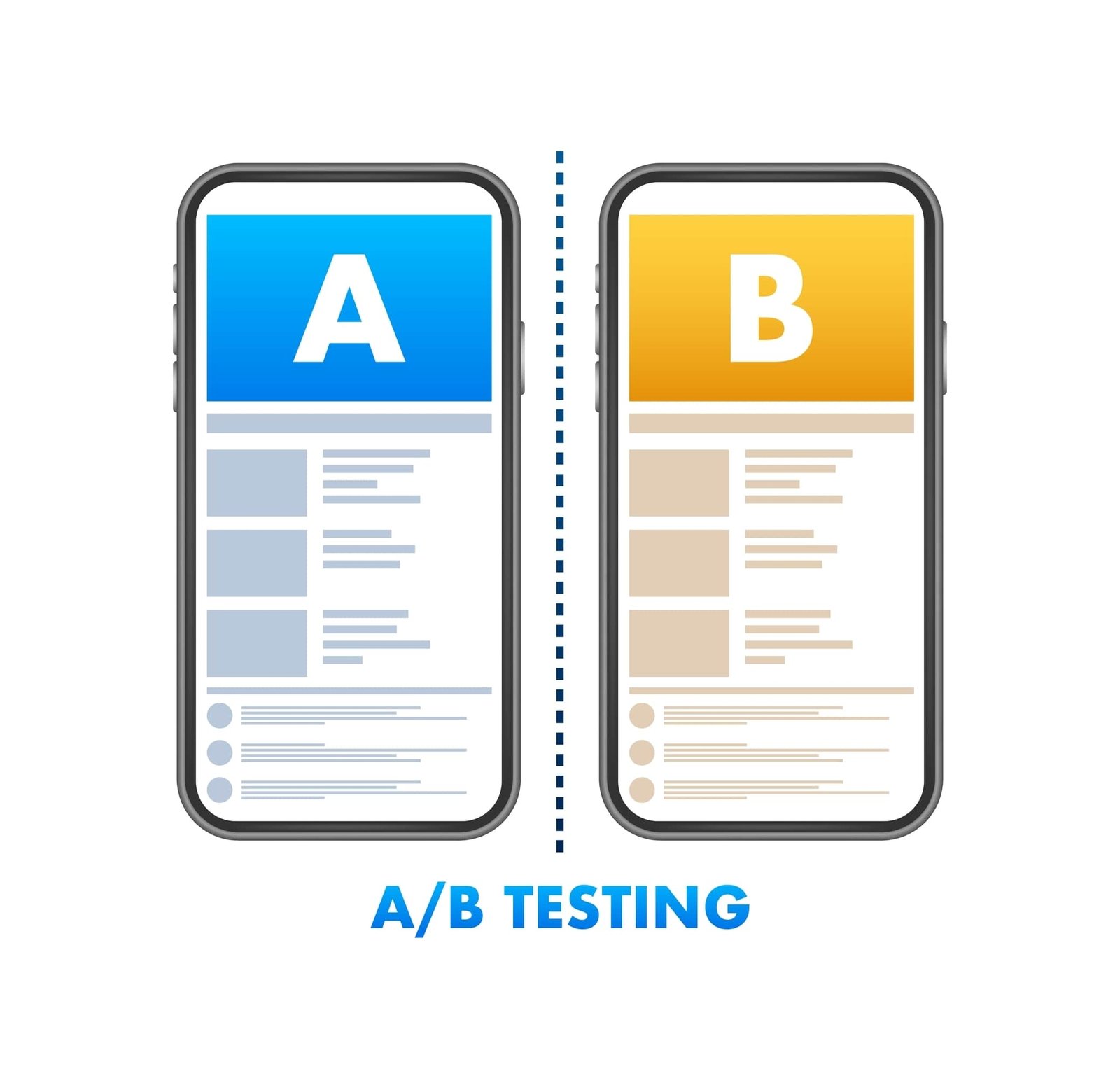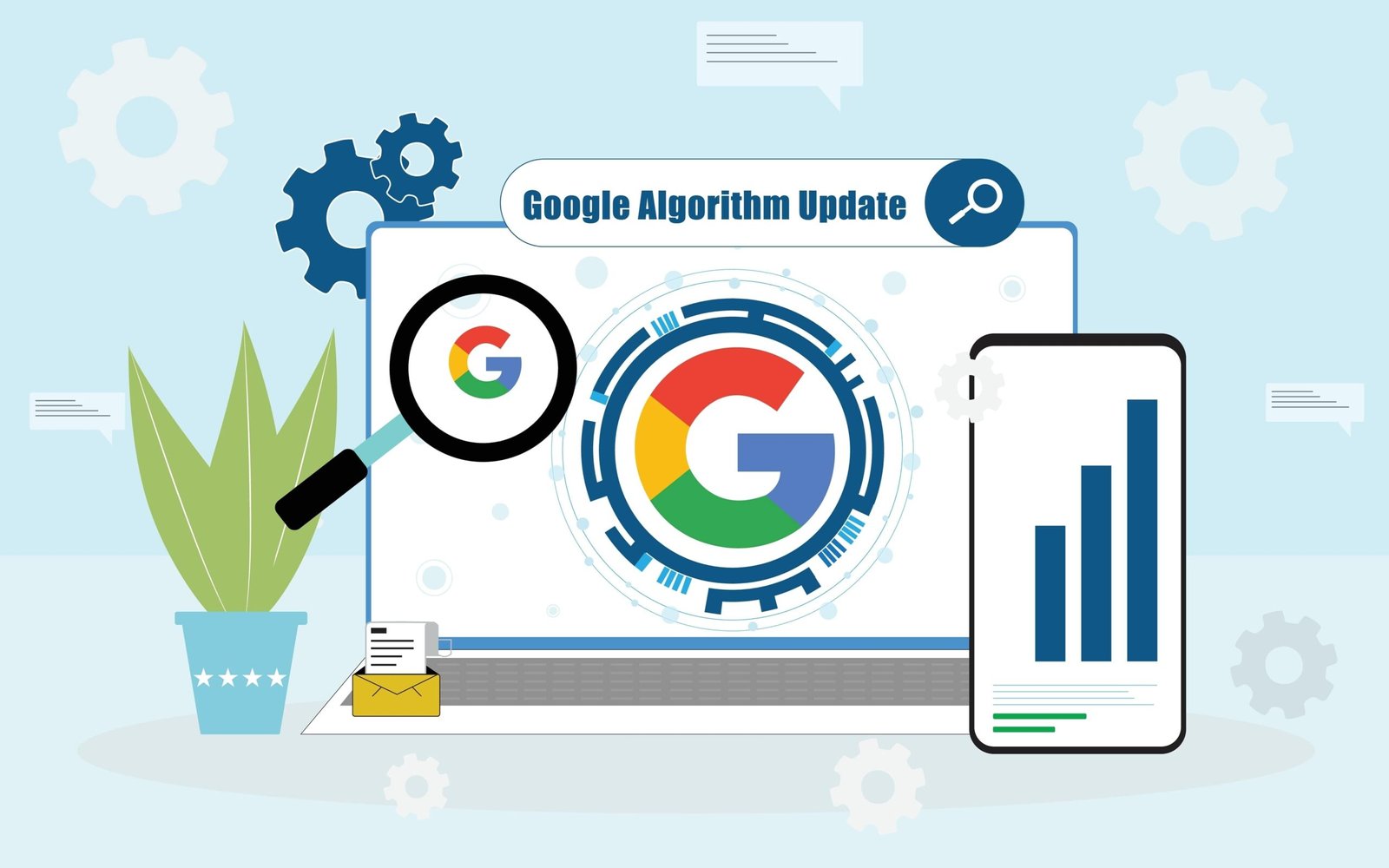A/B testing, or split testing, is an experimental approach where two versions of a digital asset, such as a webpage or email, are compared to determine which performs better. This method is invaluable for making data-driven decisions, improving user experience, and enhancing marketing strategies.
Understanding A/B Testing
A/B testing involves creating two versions: the control (A) and the variant (B). These versions are shown to different audience segments to see which achieves a predefined goal more effectively, such as higher conversion or lower bounce rates. The critical elements of A/B testing include:
- Defining Goals: Identifying what you want to improve, such as click-through rates (CTR) or sales conversions.
- Hypothesis Creation: Developing a theory on how changes might impact the goal.
- Variable Identification: Selecting the elements to test, like headlines, images, or call-to-action buttons.
- Duration and Metrics: Deciding the test length and the metrics to measure success.
- Control and Treatment Groups: Splitting the audience into groups to view the original and modified versions.
Benefits of A/B Testing
A/B testing offers numerous advantages, including:
- Increased Conversion Rates: You can identify the most effective elements that drive user actions by testing different versions.
- Enhanced User Experience: Optimizing elements based on test results can improve the overall user experience on your site.
- Data-Driven Decisions: A/B testing provides empirical data to support decisions, reducing the reliance on guesswork.
- Lower Bounce Rates: Testing and optimizing elements can help keep visitors on your site longer.
- Improved Engagement: A/B testing can reveal which content resonates most with your audience, leading to higher engagement rates.
How A/B Testing Improves SEO
A/B testing is not just for improving conversions and user experience; it also plays a crucial role in improving SEO. Here's how:
- Better User Experience: Search engines prioritize user experience as a ranking factor. A/B testing helps you refine your site's design and content to meet user needs better, leading to lower bounce rates and longer dwell times, positively impacting SEO.
- Improved Content Quality: By testing different versions of content, you can determine what resonates most with your audience. Search engines favor high-quality, relevant content and can improve your rankings.
- Optimized Keywords: A/B testing different keyword strategies on landing pages can help you identify the most effective keywords, improving your search visibility.
- Enhanced Meta Data: Testing various meta titles and descriptions can lead to higher click-through rates (CTR) from search engine results pages (SERPs), signaling to search engines that your page is relevant and should be ranked higher.
- Mobile Optimization: With the increasing importance of mobile-first indexing, A/B testing different mobile layouts and features can ensure your site performs well on mobile devices, boosting your SEO performance.
Implementing A/B Testing for SEO Success
A structured approach is necessary to effectively implement A/B testing for SEO, ensuring accurate data collection and actionable insights. Here's a detailed look at the steps involved:
Identify Key Metrics
The first step in A/B testing for SEO is to identify the key metrics that will help you measure the success of your tests. These metrics should align with your SEO goals and provide a comprehensive view of your website's performance. Commonly used metrics include:
- Organic Traffic: This measures the number of visitors coming to your site from search engines. An increase in organic traffic indicates that your site ranks higher in search engine results pages (SERPs) and attracts more visitors.
- Bounce Rate: This is the percentage of visitors who leave your site after viewing only one page. A high bounce rate can signal that visitors are not finding what they are looking for or that the user experience could be better. Reducing the bounce rate can lead to higher engagement and better SEO performance.
- Average Session Duration: This metric measures users' average time on your site during a single visit. A longer average session duration can indicate that visitors find your content valuable and engaging, positively impacting your SEO.
- Conversion Rate: This is the percentage of visitors who complete a desired action, such as purchasing or filling out a form. A higher conversion rate can lead to more revenue and business growth.
- Click-Through Rate (CTR): This measures the percentage of users who click on your link from the SERPs. A higher CTR can indicate that your title tags and meta descriptions are compelling and relevant to searcher's queries.
Set Clear Hypotheses
A clear hypothesis is essential for guiding your A/B tests. Your hypothesis should state the change you are testing, the expected outcome, and the reasoning behind it. For example, you might hypothesize that "adding a testimonial section on the homepage will reduce bounce rates by increasing user trust and engagement." This hypothesis is based on the idea that testimonials provide social proof, making visitors feel more confident in your site's credibility. Formulating a hypothesis helps you stay focused and provides a benchmark for measuring the success of your test. Ensure your hypothesis is specific, measurable, and based on a solid understanding of your audience and their behavior.
Select Test Elements
Choosing the right elements to test is crucial for the success of your A/B testing efforts. Focus on elements that have a direct impact on SEO performance. Common elements to test include:
- Headlines: Test different headlines to see which attracts more clicks and retains user attention. Effective headlines can improve your CTR and drive more traffic to your site.
- Meta Tags: Experiment with various meta titles and descriptions to improve your CTR from the SERPs. Well-crafted meta tags can make your pages more appealing to searchers and increase your organic traffic.
- Content Layout: Test different content structures, such as breaking up text with subheadings, bullet points, and images to enhance readability and engagement. An optimized content layout can improve user experience and reduce bounce rates.
- Call-to-Action (CTA) Buttons: Test the placement, color, and wording of CTAs to see which version leads to higher conversions. Effective CTAs can guide users toward desired actions and improve your conversion rate.
- Page Speed: Implement changes to improve loading times and measure their impact on user engagement and search rankings. Faster-loading pages provide a better user experience and can lead to higher rankings in search results.
Use Reliable Tools
Utilizing reliable A/B testing tools is vital for ensuring accurate tracking and measurement of your tests. These tools should integrate seamlessly with your analytics platform and offer robust features for designing and analyzing A/B tests. Popular A/B testing tools include:
- Google Optimize: This tool integrates with Google Analytics and offers powerful A/B testing features. It allows you to test different site versions and measure their performance against your goals.
- Optimizely: A versatile tool that provides detailed insights and supports complex experiments. Optimizely allows you to test various elements of your site and optimize for better performance.
- VWO (Visual Website Optimizer): This tool offers a user-friendly interface and comprehensive testing capabilities. VWO allows you to create and run A/B tests, track results, and make data-driven decisions.
- Crazy Egg: Provides heatmaps and A/B testing to help you understand user behavior. Crazy Egg allows you to see how users interact with your site and identify areas for improvement.
- Hotjar: Combines A/B testing with user feedback to give a complete picture of user experience. Hotjar allows you to gather insights from real users and optimize your site based on their feedback.
Analyze Results
After running the test, it is crucial to analyze the data carefully to determine which version performed better. Ensuring statistical significance is essential to attribute any changes in performance to the tested variations confidently. This means that your results should be reliable and not due to random chance. Analyze the performance of the control and variant versions across your chosen metrics to identify the winner. Additionally, qualitative feedback from users should be considered to understand the reasons behind the performance differences. User feedback can provide valuable insights into what worked and what didn't, helping you make informed decisions.
Iterate and Optimize
The insights gained from A/B testing should be used to iterate and optimize continuously. Implement the changes to your site's winning version and continue running new A/B tests to refine and optimize additional elements. Testing should be ongoing, as user preferences and behavior can change over time. Monitoring the impact of these changes over time is essential to ensure they continue to drive SEO success. Regularly reviewing and updating your tests based on new data and trends will help you stay ahead of the competition and maintain high search rankings. Staying updated with SEO trends and adapting your strategies accordingly will help maintain and improve your search rankings. By following these steps, you can leverage A/B testing to enhance your SEO efforts significantly, leading to better user engagement, higher search rankings, and improved overall site performance.
Case Studies and Examples
- Headline Testing: A major online retailer conducted an A/B test on product page headlines. By optimizing the headlines for clarity and including relevant keywords, they saw a 20% increase in organic traffic and a significant boost in search rankings.
- Content-Length and Structure: A travel blog experimented with different content lengths and structures. By breaking long-form content into digestible sections with subheadings and optimizing for targeted keywords, they improved their average session duration and saw a rise in SERP rankings.
- Meta Description Variants: A tech company tested different meta descriptions for their product pages. The variant with a clear call-to-action and relevant keywords resulted in a 15% higher CTR from search results, leading to better organic performance.
Challenges and Considerations
While A/B testing offers numerous benefits, there are challenges and considerations to keep in mind:
- Statistical Significance: Ensuring the test results are statistically significant is crucial for making reliable decisions.
- Sample Size: A sufficient sample size is needed to draw meaningful conclusions. Small sample sizes can lead to misleading results.
- Time Frame: Running tests for appropriate duration is essential to account for variations in user behavior.
- Consistency: Maintain consistency in the testing environment to avoid external factors influencing the results.
Conclusion
A/B testing is a powerful tool for optimizing digital assets, enhancing user experience, and driving SEO success. By systematically testing and analyzing different elements, businesses can make data-driven decisions that lead to improved performance and higher search engine rankings. Embrace A/B testing as a continuous process to keep up with changing user preferences and maintain a competitive edge.





